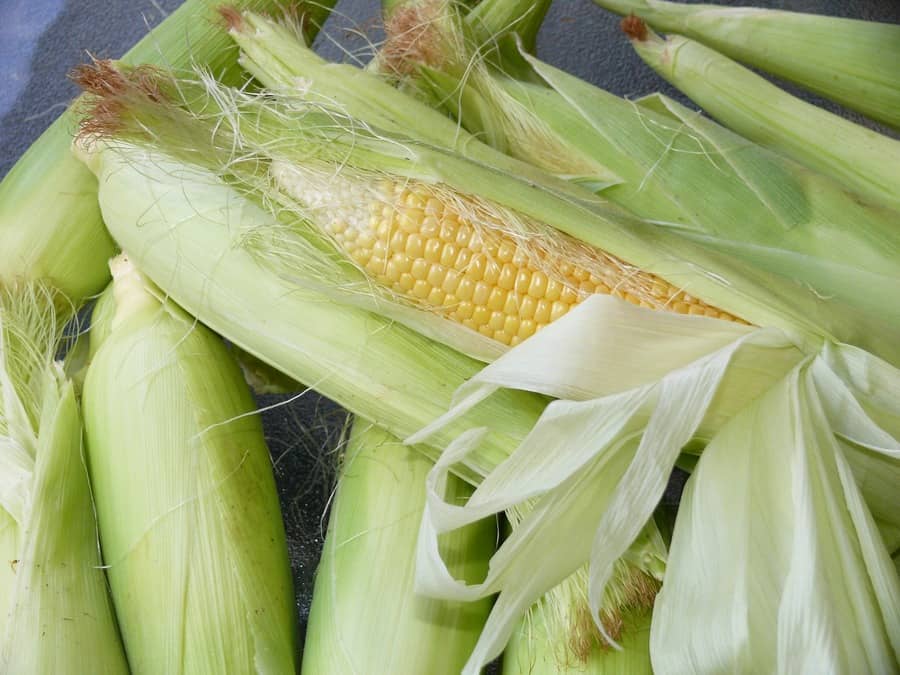Porto Alegre, June 14, 2022 – The USDA June report does not have the characteristic of changing the new crop projections. Thus, the report was updated only with indicators from the current business year. At this point, USDA cut its export forecast for this year and raised ending stocks. A situation not expected by the market, not least because weekly shipments are going very well, but it revealed that until the new crop no supply problem could generate more worrying environments for international prices. So, the main point of attention is on the new crop, which must receive a strong heat wave and less moisture in the second half of June, as well as on the planting of part of the area outside of the ideal window, which can raise some doubts about the size of the area effectively planted and the productivity projection.
The planting of the 2022 US crop is technically finished with the data to be released this Monday. It is not unusual that a small percentage remains for the closing of planting in the first ten days of June, and this year 6% of the area must be completed in this period. Nothing that has not happened in previous years without compromising productivity potential under normal weather conditions. However, the situation generated an environment of questions. Was the corn planting in some states completed within the projected area or this unplanted portion started to be cultivated with soybeans, which are going very well and have a planting window until the end of the year next 15th? Is it possible that the area of 89.5 million acres is not fully cultivated and still shows some additional percentage loss for soybeans? Yes, but we will only confirm this with the planted area report on the 30th.
The big point that brought a speculative variable to the market last week was the emergence of weather forecasts for the second half of June. Although it is raining very well throughout the Midwest and moisture conditions are proving to be healthy, the market was scared by the projection of a strong heat wave that is expected to hit much of the US Midwest in the next 15 days. Strong heat and less intense rainfall could affect crops in this initial development process and generate some bias of concern with the productivity potential of this US crop.
The pollination period for this crop is being pointed out by agronomists for July 10 onwards. So, this situation would not affect the decisive phase of the 2022 production. But, of course, in an abnormal year, where any new fact seems normal, this kind of attention bias will occur until production is confirmed in August. July will be a tense month for corn. If higher temperatures and less rainfall extend into next month they can actually generate a more speculative environment even if they do not bring real production losses. First, the market prices the risk and then adjusts to the fact.
And that is basically what happened last week, with the market anticipating a weather risk and adding a weather premium over prices. Corn returned to USD 7.70/bushel on the CBOT, for the July contract, due to this climate variable. Some new indicators were also determinants:
– The increase of the conflict in Ukraine and without the flow of current stocks and raising doubts about the capacity of the flow of the new crop, which is already planted;
– The shortage of diesel oil in Argentina, creating an environment of concern with the flow of commodities to ports, that is, to serve exports in a very difficult world business year;
– The rise in oil prices above USD 120/barrel, which could accelerate demand for ethanol and biodiesel in the United States;
– With the disruption of Russian oil supplies to Europe, the demand for alternative fuels accelerates, which helps some commodities such as soyoil and corn.
There was some expectation for a further small cut in US stocks for the current business year, given the good pace of weekly exports. Well, USDA brought exactly the opposite, i.e. a cut in exports projected for the business year and a small increase in stocks to 37.7 million tons, which changes very little the market context. With this update, USDA also improved its forecast for new crop stocks. Basically, the market will now depend on a July with great weather in the US Midwest to get a 2022 crop close to normal and without compromising the 2023 stocks.
The big surprise of the report came from the data on Ukraine. In May, USDA had projected a Ukrainian crop of 19.5 million tons, and in this June report the projection jumped to 25 million tons. This is because the question of whether the 2022 Ukrainian crop would be planted was solved with the planting of nearly 4.2 million hectares this year. The development and productivity conditions will be points to be evaluated further ahead. However, USDA now informs that the local crop will not be so discreet, even if the question remains as to how Ukraine will export from the second half of the year with the southern ports closed and the war going on. This means that if the war ends at a given moment, both wheat and corn may experience more downward pressure.
USDA also raised its European import forecast from 15 to 16 million tons for this coming business year, certainly reflecting the wheat market situation and restrictions on Russian exports. This whole situation reflects that there are two relevant points: the end or not of the war, and the climate for the US crop.
Agência SAFRAS Latam
Copyright 2022 – Grupo CMA

